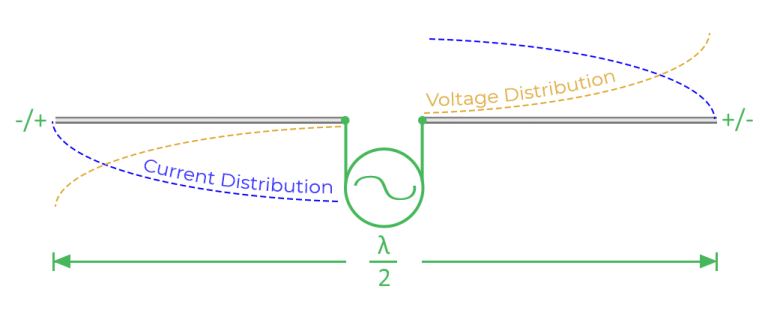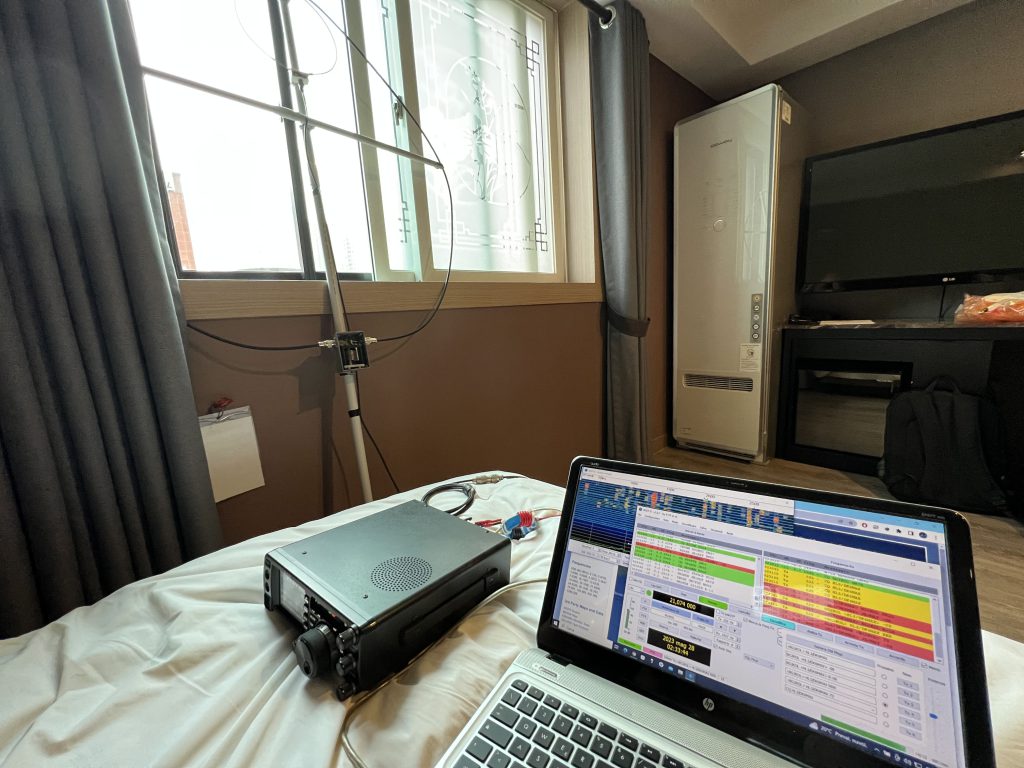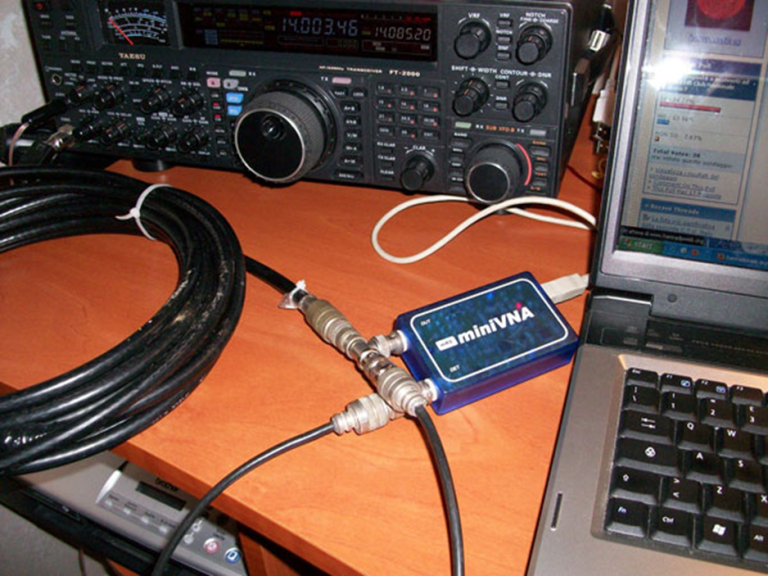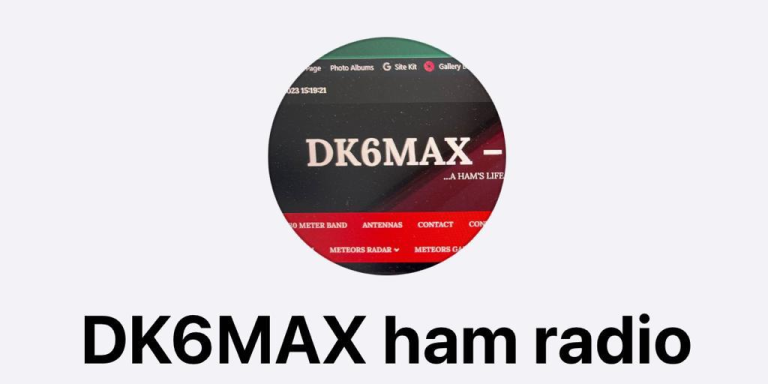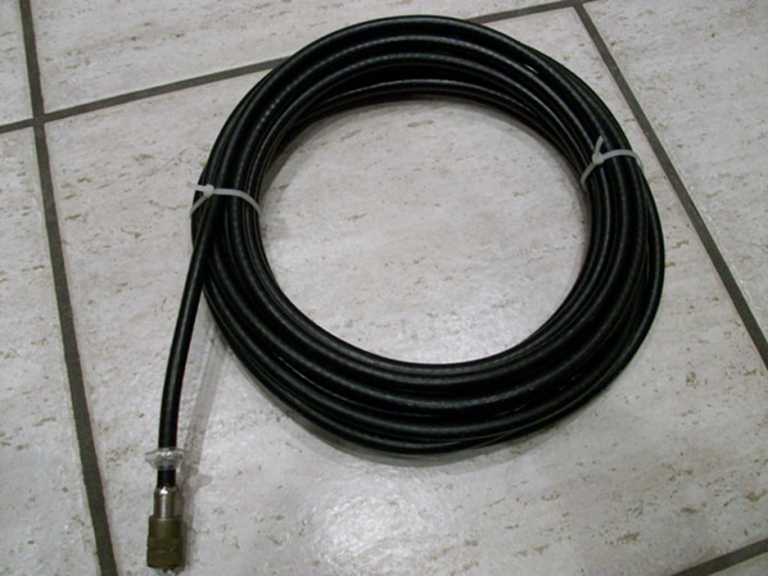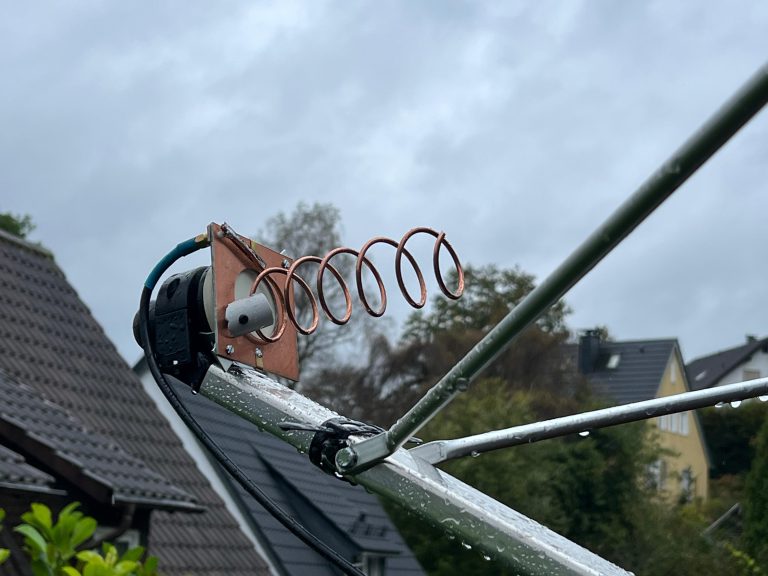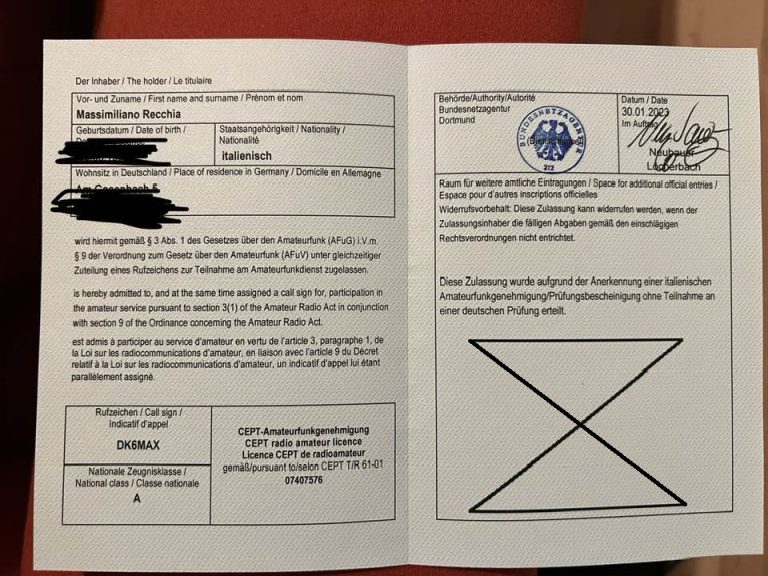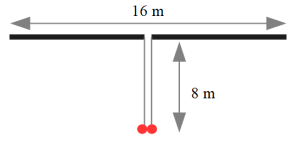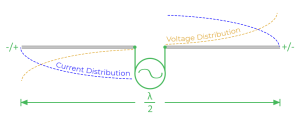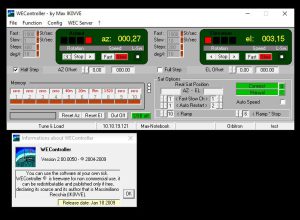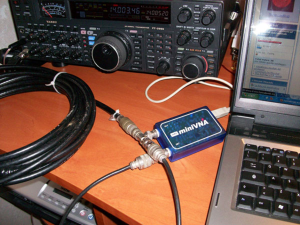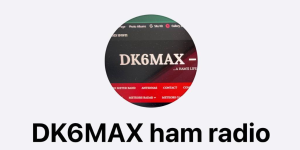Welcome to “Pills of Technique”. These posts are dedicated...
Welcome to “Pills of Technique”. These posts are dedicated...
The Magnetic Loop antenna has always been a fascinating...
It has been a good 20 years since the...
From my original post of 12-04-2010, on Hamradioweb.org. Last...
To keep in touch with my Hamradio activities, subscribe...
From my original post of 12-04-2010, on Hamradioweb.org. On...
These days, I have finished rebuilding the radio system...
As I could no longer transmit with the Italian...

